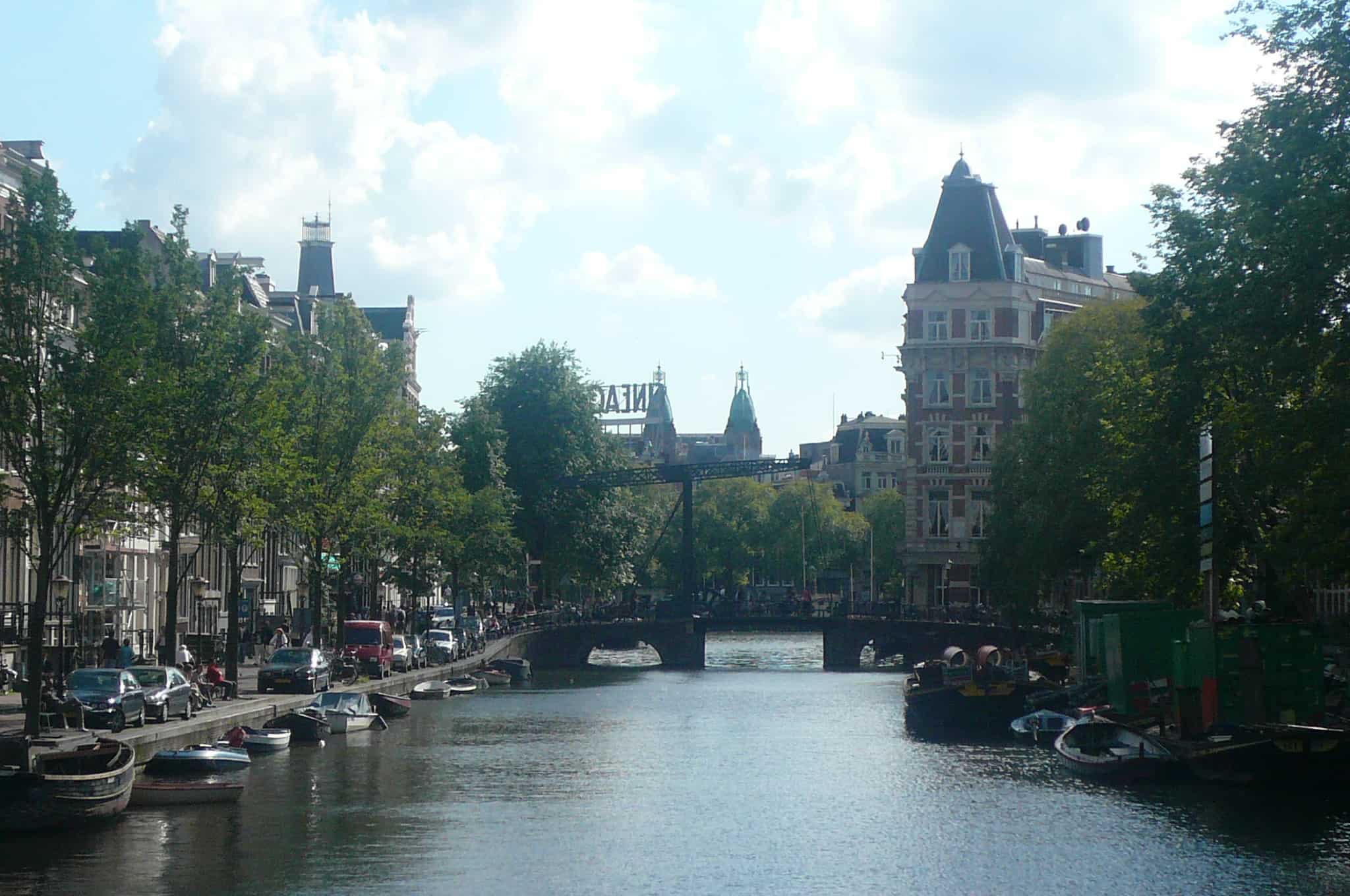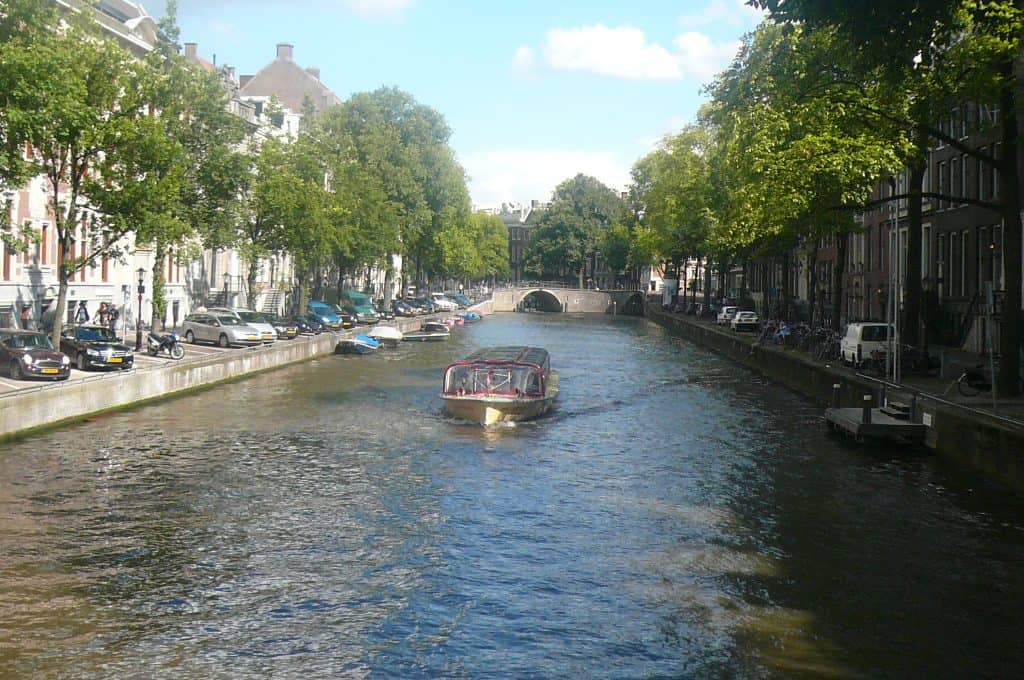
Born from a fishing village in the thirteenth century, known as the “Venice of the North”, Amsterdam is a city entirely built on islets of the Amstel River and Lake Ij. More than 165 canals per 100 km in length envelop the Dutch capital.
There are many areas of interest in Amsterdam but the main ones are: Dam Square with the Royal Castle, the Begijnhof, the Van Gogh Museum, the Red Light District and the famous coffee shops.
Dam Square takes its name from a dam built in 1270 on the Amstel River. The most important point of the square is the Royal Palace, built in the seventeenth century as a Town Hall to testify to the wealth of the Dutch Republic, the building was transformed in 1808 by Louis Bonaparte into the Royal Palace. Today the Royal Palace is no longer the official seat of the Dutch monarchy but is used by the royal family only for solemn holidays and state visits.
The Begijnhof in Amsterdam is an old beguinage consisting of a closed courtyard dating back to the early 1300s. It is located in the center of Amsterdam and behind a rather anonymous door of Spuistraat hides an inner courtyard embellished with manicured gardens and a central church overlooked by houses typical of Dutch architecture.
The Van Gogh Museum is visited by more than a million people every year who can discover here the works of an artist whose professional life lasted only ten years from 1880 to 1890. Suffering from mental disorders, Van Gogh devoted himself mostly to self-portraits, still lifes, landscapes, wheat fields and sunflowers. Inside the museum the collection is enriched by other works by artists such as Paul Gaugain and Henri de Toulouse-Lautrec. Inside the Van Gogh Museum there is a vast collection of works with almost 900 canvases. His most famous works in this museum are “the potato eaters”, “bedroom” and the “Sunflowers”.













